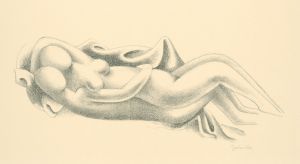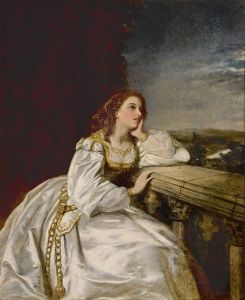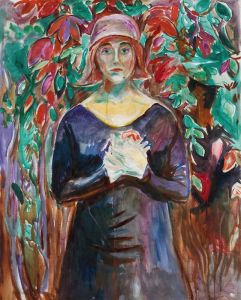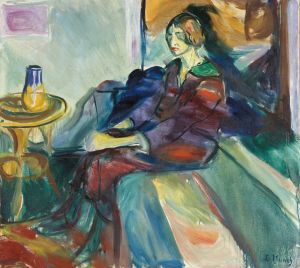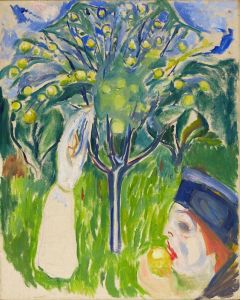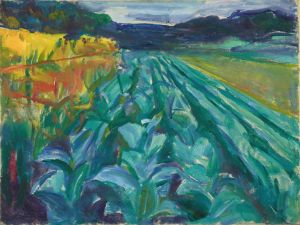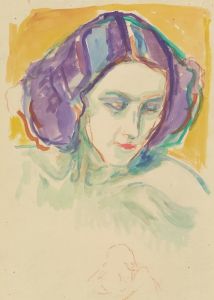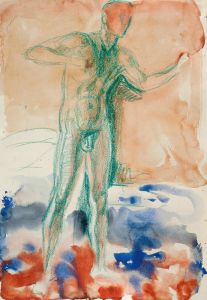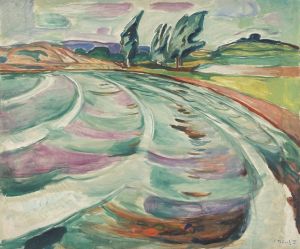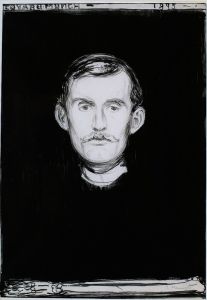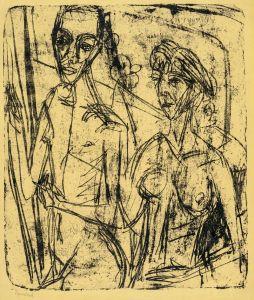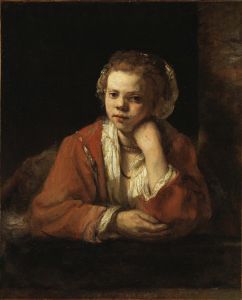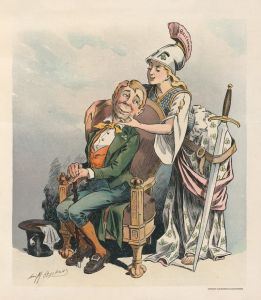
The Wedding of the Bohemian
A hand-painted replica of Edvard Munch’s masterpiece The Wedding of the Bohemian, meticulously crafted by professional artists to capture the true essence of the original. Each piece is created with museum-quality canvas and rare mineral pigments, carefully painted by experienced artists with delicate brushstrokes and rich, layered colors to perfectly recreate the texture of the original artwork. Unlike machine-printed reproductions, this hand-painted version brings the painting to life, infused with the artist’s emotions and skill in every stroke. Whether for personal collection or home decoration, it instantly elevates the artistic atmosphere of any space.
Edvard Munch, a Norwegian painter and printmaker, is renowned for his evocative and emotional works that often explore themes of existentialism, love, anxiety, and death. While Munch is best known for his iconic painting "The Scream," he created numerous other significant works throughout his career. One of these is "The Wedding of the Bohemian," a painting that reflects Munch's distinctive style and thematic interests.
"The Wedding of the Bohemian" was painted during a period when Munch was deeply involved with the Symbolist movement, which sought to express ideas and emotions through symbolic imagery and themes. This movement was influential in Munch's development as an artist, and it is reflected in the atmospheric and emotional depth of his works from this time.
The painting depicts a wedding scene, but true to Munch's style, it is not a conventional portrayal of matrimonial bliss. Instead, the work captures a more complex emotional landscape, possibly reflecting the artist's own ambivalence towards relationships and societal norms. Munch often infused his personal experiences and psychological struggles into his art, and "The Wedding of the Bohemian" is no exception.
In terms of composition, Munch employs his characteristic use of bold colors and expressive lines to convey the mood and emotions of the scene. The figures in the painting are rendered with a certain degree of abstraction, which is typical of Munch's approach. This abstraction allows the viewer to focus more on the emotional content of the work rather than getting caught up in realistic details.
The setting and characters in "The Wedding of the Bohemian" might suggest a bohemian lifestyle, which was often associated with artists and intellectuals who rejected conventional societal norms in favor of a more liberated and unconventional way of living. This theme resonates with Munch's own life, as he often found himself at odds with societal expectations and norms.
Munch's exploration of themes such as love, anxiety, and existential dread is evident in this painting, as it is in many of his other works. His ability to convey complex emotions through his art has made him a pivotal figure in the transition from 19th-century Symbolism to 20th-century Expressionism. "The Wedding of the Bohemian" exemplifies Munch's skill in using art to delve into the human psyche and explore the depths of human emotion.
While "The Wedding of the Bohemian" may not be as widely recognized as "The Scream," it remains an important part of Munch's oeuvre, offering insight into his artistic evolution and the thematic concerns that permeated his work. Through this painting, Munch continues to engage viewers with his exploration of the human condition, making it a valuable piece for understanding the broader context of his artistic legacy.






